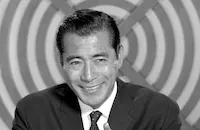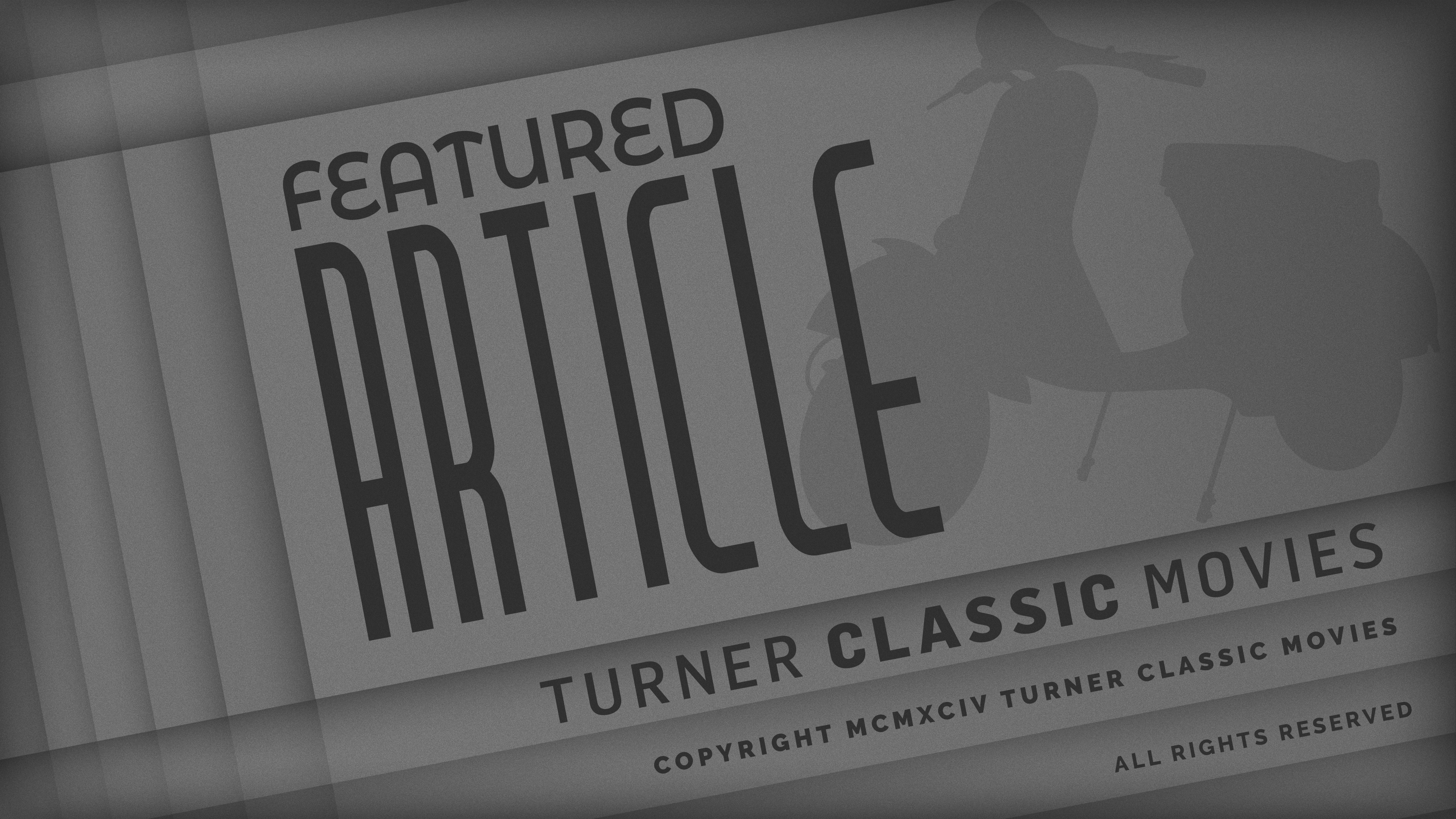Princess from the Moon

Brief Synopsis
Cast & Crew
Kon Ichikawa
Toshiro Mifune
Ayako Wakao
Yasuko Sawaguchi
Fujio Tokita
Jun Hamamura
Film Details
Technical Specs
Synopsis
Based on a centuries-old traditional Japanese fairy tale, a country couple finds a baby girl in some bamboo and raises her as their own daughter.
Director
Kon Ichikawa
Cast

Toshiro Mifune
Ayako Wakao
Yasuko Sawaguchi
Fujio Tokita
Jun Hamamura
Kazuo Shimamura
Michiyo Yohoyama
Kiichi Nakai
Koasa Shumputei
Koji Ishizaka
Shiro Ito
Takeshi Kato
Megumi Odaka
Kyoto Kishida
Hirokazu Yamaguchi
Gen Idemitsu
Katsuo Nakamura
Miho Nakano
Takatoshi Takeda
Hirokazu Inoue
Crew
Kazuo Baba
Hiroaki Fujii
Shigeaki Hazama
Shinya Hidaka
Shigekazu Hirama
Kon Ichikawa
Mitsutoshi Ishigami
Masaru Kakutani
Ryuzo Kikushima
Setsuo Kobayashi
Yasushi Mitsui
Shinobu Muraki
Shokei Nakano
Tetsuya Ohashi
Chizuko Osada
Hiroshi Saito
Teiichi Saito
Junichi Shinsaka
Tomoyuki Tanaka
Kensaku Tanigawa
Emi Wada
Kazuo Yoshida
Film Details
Technical Specs
Articles
Princess from the Moon
As the title indicates, the fanciful narrative revolves around a young woman from the moon, Kaya (Yasuko Sawaguchi), who finds herself stranded on Earth where she encounters bamboo cutter Taketori-no-Miyatsuko (Toshirô Mifune) and his wife, Tayoshime (Ayako Wakao), who have lost their young daughter. At first, Kaya appears in a golden cradle as a baby but grows into a magnetic princess who entrances any man she encounters, with her de facto father figure going to increasingly extreme measures to keep her protected as three suitors present themselves.
As befitting an Ichikawa production of this scale, Toho spared no expense recruiting the highest pedigree talent for this film including costume designer Emi Wada, who had recently won an Academy Award for Ran (1985), regular Ichikawa cinematographer Setsuo Kobayashi, and delicate special effects (in his final film) by Godzilla veteran Teruyoshi Nakano, ranging from the convincing miniature bamboo forest to the climactic spacecraft reminiscent of recent American science-fiction hits.
Toho's confidence in the film extended to its domestic release as the studio's flagship title for its 50th anniversary and its choice as the opening night film for the Tokyo International Film Festival. Though it did not enjoy the enthusiasm of Ichikawa's preceding color remake of his own The Burmese Harp (1985), the film was a box office success and was targeted for Western audiences right down to the selection of a closing titles song performed by Peter Cetera, "Stay with Me." The film premiered in the United States at the Museum of Modern Art in September of 1987, coinciding with the bestowing of over 50 Japanese films to the museum's archives by Toho. Mifune traveled to the U.S. to attend and did his part to promote the film, though it ultimately received little play and has been extremely difficult to see in an English-friendly edition ever since. Nevertheless, critical notices were positive with Variety noting it "opens like an art film and closes like a science fiction extravaganza. In between there is an extraordinary display of costuming, with seemingly enough flowing kimono cloth to stretch from Times Square to Tokyo." The presence of Mifune was also a major selling point due to this prominence as the most familiar Japanese actor in the West, largely due to his extensive string of starring roles for Akira Kurosawa including Seven Samurai (1954) and Yojimbo (1961). Incredibly, this marked the only time Mifune and Ichikawa ever collaborated throughout the course of their careers.
By Nathaniel Thompson

Princess from the Moon
Quotes
Trivia
Miscellaneous Notes
Released in United States 1987
Released in United States September 1987
Released in United States September 14, 1987
Shown at Tokyo International Film Festival September 1987.
Shown at Museum of Modern Art in New York City September 14, 1987.
Released in United States 1987
Released in United States September 1987 (Shown at Tokyo International Film Festival September 1987.)
Released in United States September 14, 1987 (Shown at Museum of Modern Art in New York City September 14, 1987.)














